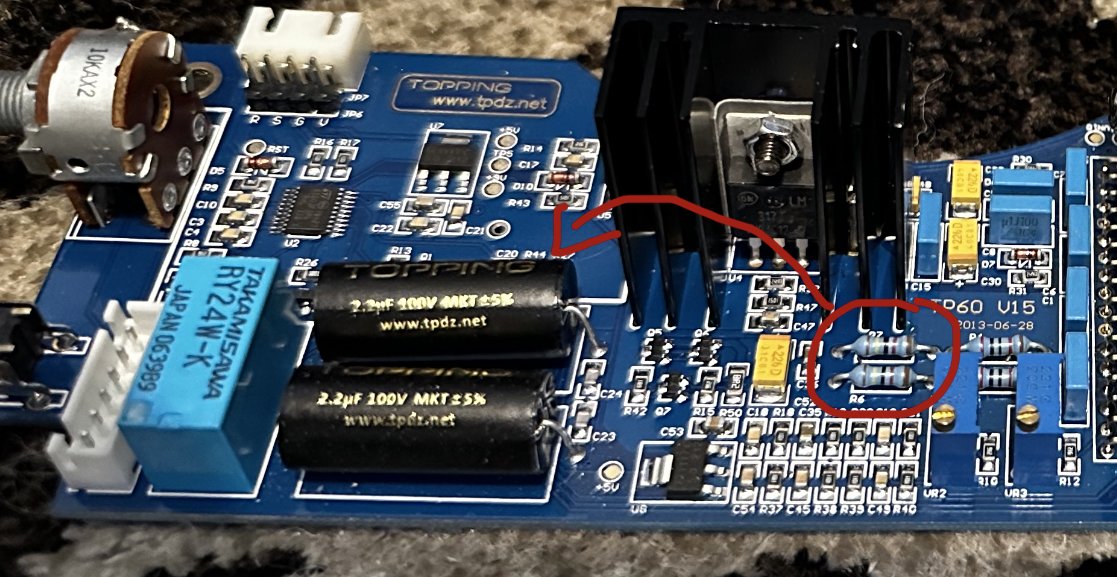I view boutique "audiophile" components with suspicion. For sensitive positions, I tend to use bulk foil resistors, including Z foils. They are very transparent and completely neutral. I have never tried Audio Note parts.
I see. I have two toroidal transformer within inches of the resistors, and although they are protected with thin steel casing I’m concerned it will affect the z foil.
Also my amp is an ss amp that originally is more 2 dimensional in sound with all Takman resistors which give a very nice hifi sound.
I have two versions of the amp, the new and an older one and I’ve noticed the two resistors right after the foil caps after rca and volume pot are rated at 15k on the new and 14k on the older. The older amp had more air and warm atmosphere with how it presented its air and the the new amp with the 15kohm resistor had less but was a little more direct in its sound and tonally rich with a touch more bass but lost a little bit of that magical air touch and some of the very faint airy sounds.
I couldn’t happen to notice when I swapped the 14kohm Takmans to 15kohm an silver niobium’s that the amps sound suddenly sounded a lot more like the newer one with 15kohm resistors but with way more detail and realness and richness in the tone, but also more bass. I’m starting to think these resistors help filter frequencies coming in from the rca, all 50khz and above as when I select this function on Roon to filter 50khz and above I also lose some of the magical air details that give the music its breath (yes it’s an atmosphere you can hear).
unfortunately there are no 14kohm z foils only 15kohm. The amp already sounds slightly cool and revealing with stock resistors, a hint of warmth and the bass is enough but it doesn’t lose the hifi sound but is near the edge of that spectrum so I can enjoy vast amounts of music genres still. If anything the mids could sound just a little better tonally and the highs with more detail which I don’t think the z foil will do it I remove the Takman for it.
anyway, I will put some an silver tantalum’s in the new version of the amp since it has the same rating for resistors and has some other updated small components that isn’t the same on the older one which maybe help support the 15kohm change perhaps, which are all on the input side of the chip.
I do like the sound of the older amp so I’ll keep the 14kohm resistors but I am tempted to try the an silver tantalum’s in its place to see how that compares to silver niobium’s, I also have 1w shinkoh tantalum resistors I want to install on the output side near the capacitors which has a takman rey there. The leads are too thick on the shinkoh so I’ll shave them down and see how they sound there as I heard they are also clear and detailed but I really am thinking to just put them in now while the niobium’s are in. I’ll see anyway, I have ordered larger Takmans as I heard larger resistors of same value sound better so I will replace two small ones with larger versions, these two come straight out of the chip and then the trace lines go right back to it so it’s got an important function, they are rated at 20kohm which only the z foils can replace. These resistors are 0.25w I am replacing on the input side with 0.5w and 1w is on the output side which I will keep the same. The amp seems to have more power with 15kohm, a little too much, which is how the new one sounds but with I can take it louder before clipping.
anyone has any suggestions? If maybe the Shinkos help with bass reduction and warmth so I could drop the an and leave in all Takmans and just replace the 1w with shinko? Or if it won’t alter the sound much in the output stage or?







